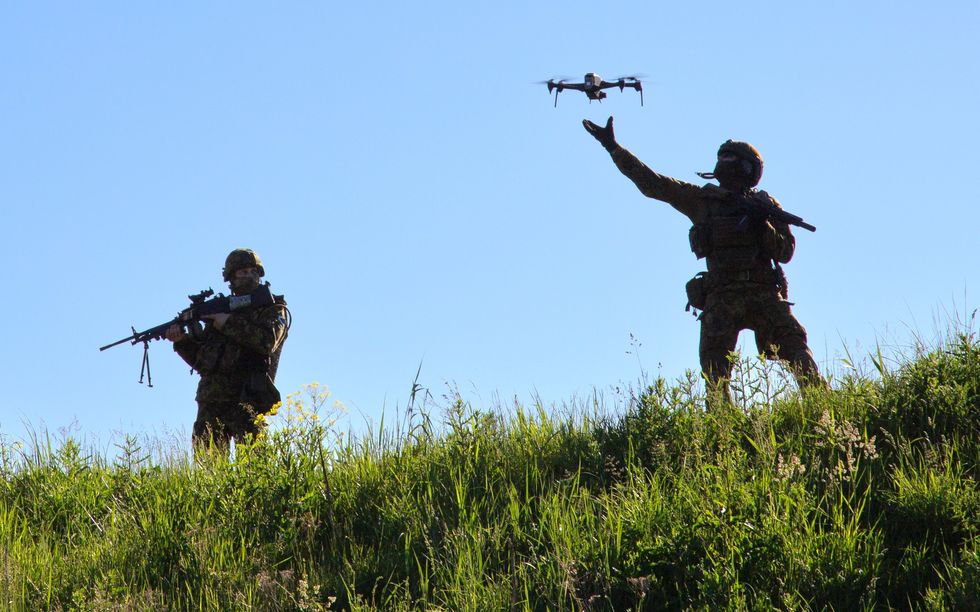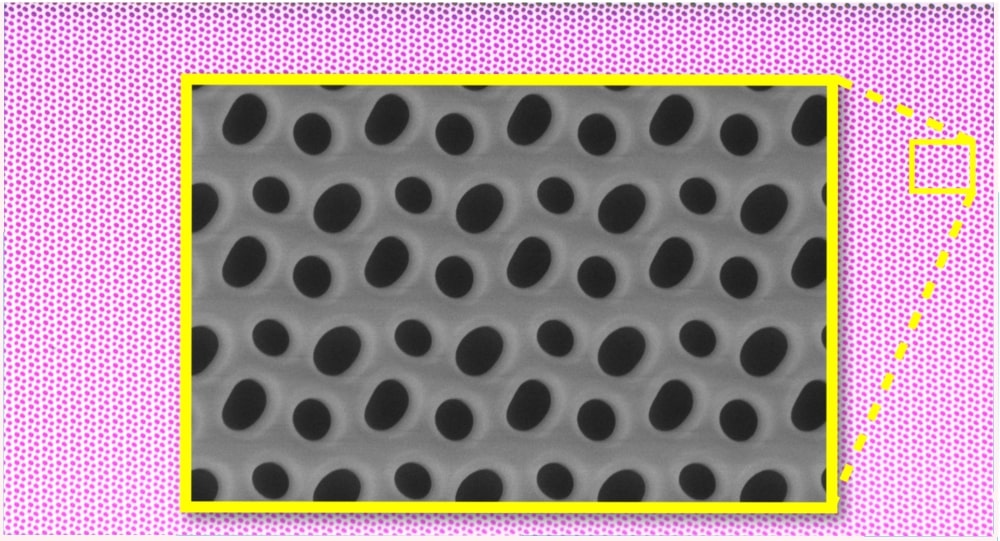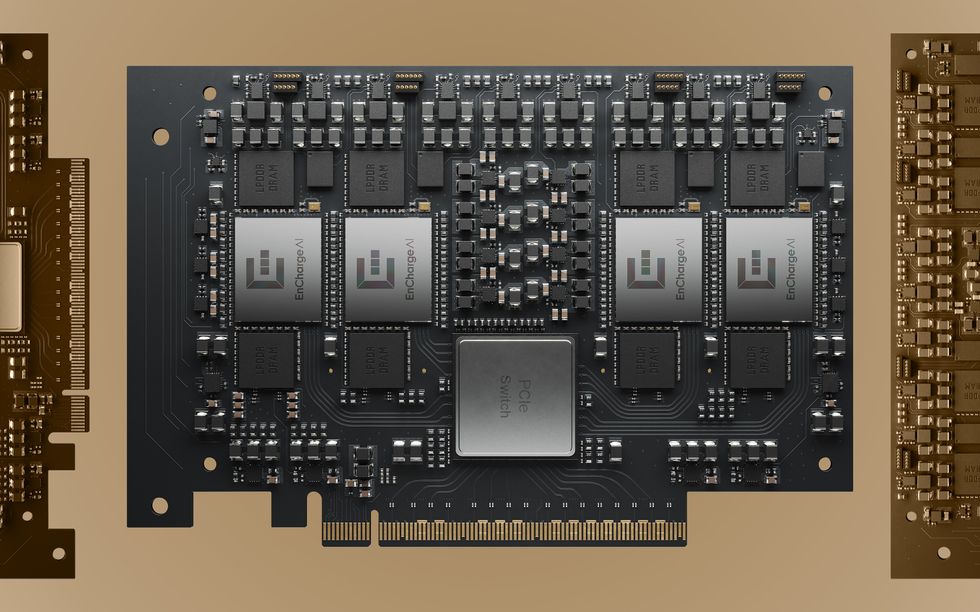Now Reading: How Ukraine’s Drones Are Outsmarting Russian Defenses
-
01
How Ukraine’s Drones Are Outsmarting Russian Defenses
How Ukraine’s Drones Are Outsmarting Russian Defenses

Quick Summary
- Ukraine has been extensively employing drones in warfare against Russia, adapting commercial-grade equipment for military use.
- In June 2025, a complex drone-based operation destroyed or damaged 41 Russian aircraft at multiple bases, causing $2-$7 billion in damage.
- Ukrainian troops have tested advanced technologies like Estonia-based KrattWorks’ Ghost Dragon ISR quadcopters,which utilize neural-network-driven optical navigation to resist jamming and spoofing.
- Russia is deploying fiber-optic tethered drones resistant to electronic interference; Ukraine experiments but avoids this due to high costs and added weight concerns on drones.
- Autonomous technology is becoming critical; terminal guidance systems from companies like auterion allow drones to navigate jammed environments autonomously while targeting enemy assets such as tanks and airfields.
- Drones account for 70% of casualties in the war. Ukraine uses off-the-shelf models with grenades attached for cost-effective lethality compared to missile systems.
- Ukraine’s engineering workforce has rapidly innovated indigenous drone solutions despite limited budgets, producing advanced technology at a fraction of Western costs.
Indian Opinion Analysis
The rapid evolution of drone warfare in the ongoing conflict between Ukraine and Russia underlines it’s transformative impact on modern military strategies. Innovations like autonomous navigation powered by neural networks offer resilience against electronic countermeasures-a significant advancement applicable globally. For India, these developments highlight the pressing need for bolstering domestic defense R&D capabilities amid regional challenges with Pakistan and china.
India could draw lessons from Ukraine’s ability to leverage its engineering talent pool into building indigenous combat-tech ecosystems despite economic constraints. The focus on low-cost yet effective weaponization (such as using commercially available components) could serve India’s doctrine of self-reliance (“Atmanirbhar Bharat”) effectively within constrained budgets. Additionally, advancements like visual-navigation autonomy can inform India’s defense strategies as future conflicts might feature similar tactics involving jamming-resistant technologies or swarm-drone operations.
Read More: Ukraine Killer Drones


























